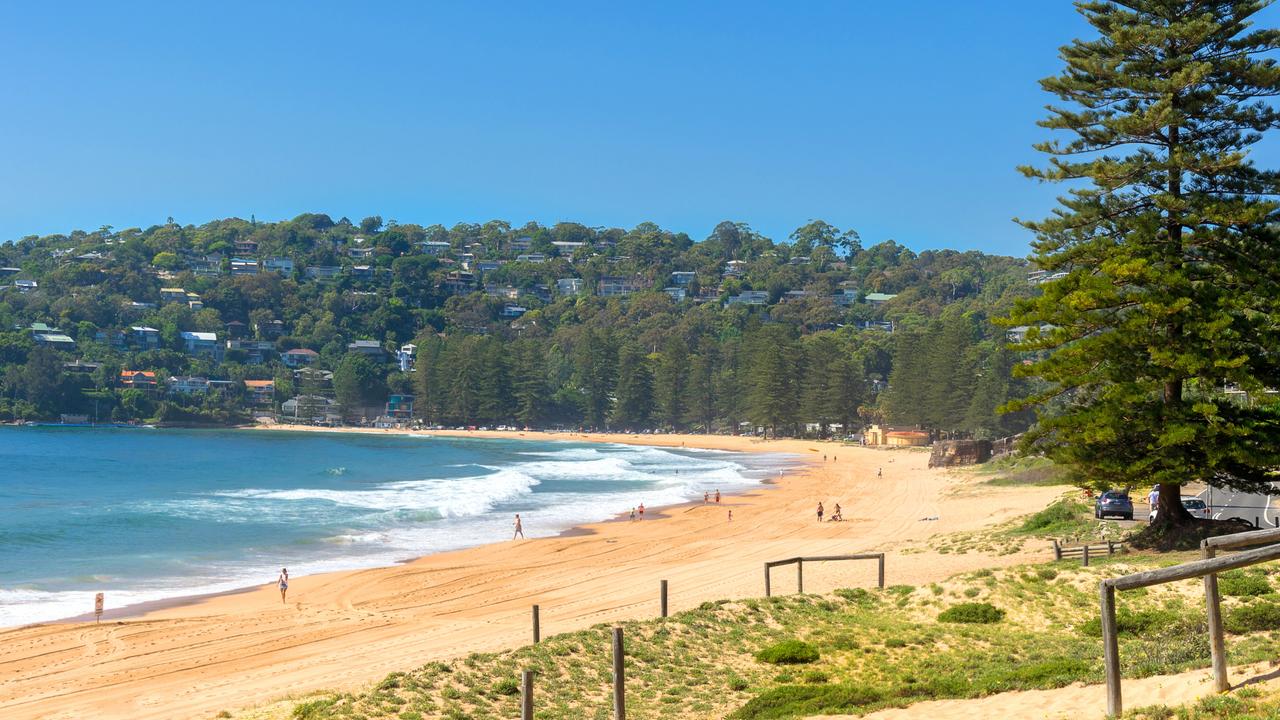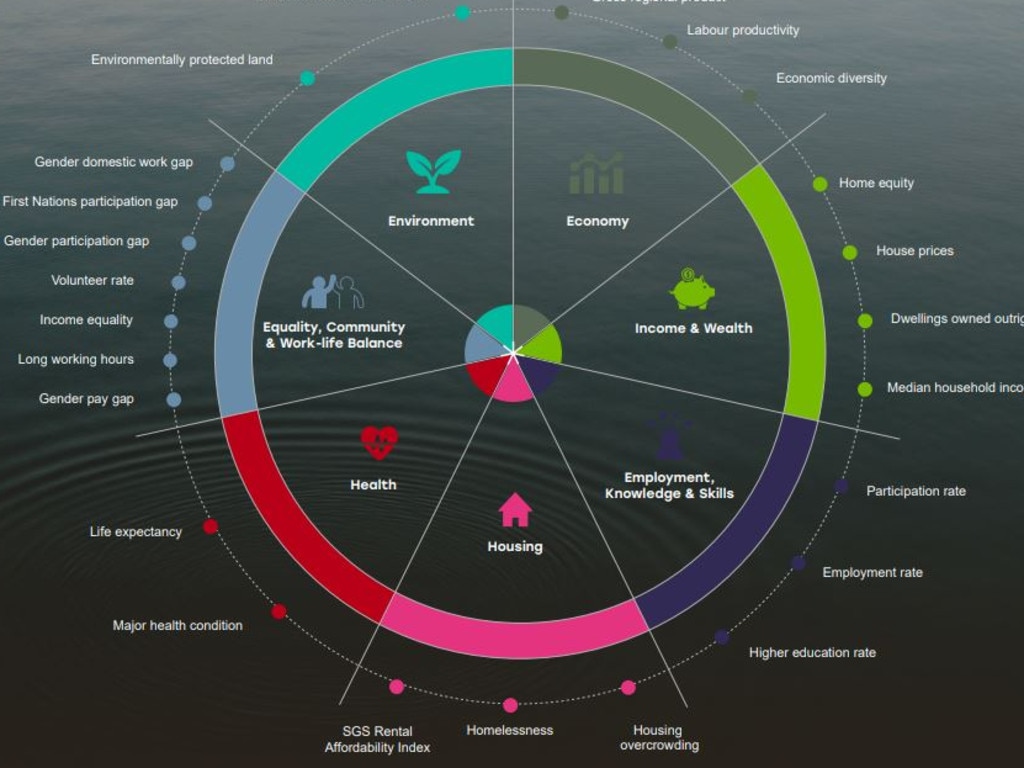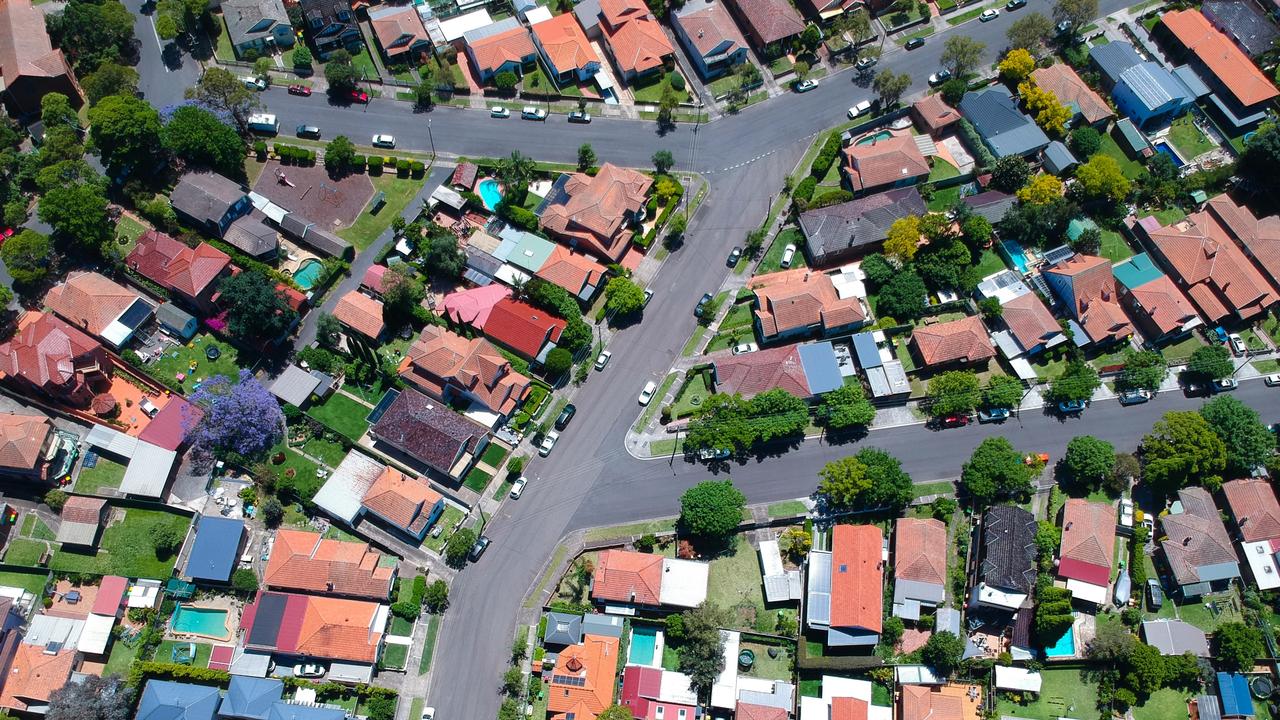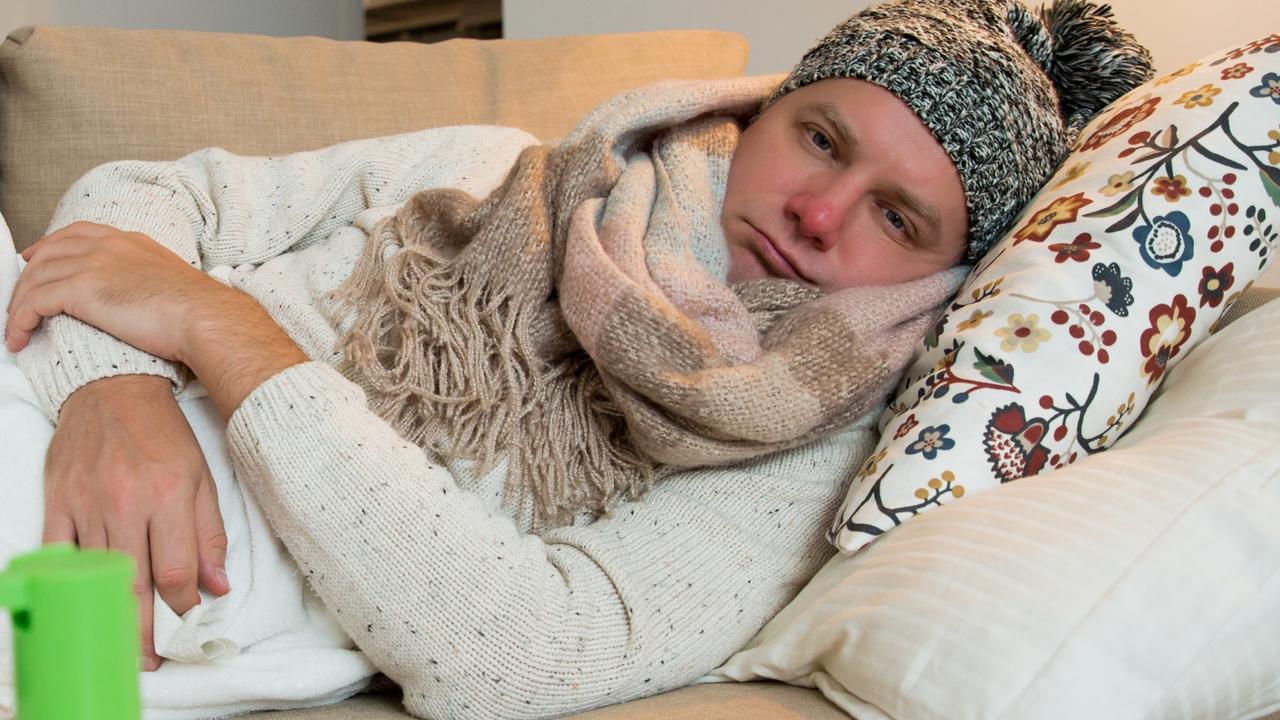Aussie city dominates wellbeing ranking
One Aussie city has topped the charts when it comes to wellbeing, a new survey has found.

Sydney has topped the charts when it comes to wellbeing, taking out a near clean sweep of the nation’s top 10 areas to live in, according to a new report.
Eight out of the top 10 areas for wellbeing are located Greater Sydney, with Sydney’s Northern Beaches ranking first in the country, the SGS Cities & Regions Wellbeing Index found.
The report, released this week, analysed 518 local government areas (LGAs) across seven factors including the economy, housing, health, environment, ‘income and wealth’, ‘employment, knowledge and skills’, and ‘equality, community and work-life balance’.
“The Northern Beaches and a number of the communities around that part of Sydney scored higher across multiple factors,” SGS principal Julian Szafraniec told news.com.au.
“They have high levels of income and wealth, and have higher levels of education and health outcomes within those communities.”
“What tipped the Northern Beaches and some of those areas over the edge, was they had more equitable communities. They had higher rates of volunteerism within the community, fewer people with extreme work hours and smaller gender pay gaps than other parts of the nation.”

The top performing LGAs included:
1. Northern Beaches, Greater Sydney
2. Australian Capital Territory
3. North Sydney, Greater Sydney
4. Ku-ring-gai, Greater Sydney
5. Hornsby, Greater Sydney
6. Lane Cove Greater Sydney
7. Mosman, Greater Sydney
8. Sutherland, Greater Sydney
9. Sydney
10. Brisbane
Brisbane was the only Queensland city that made the top 10, while Melbourne came in at 15th.
“Any of the places that scored highly in the wellbeing index really had to score high across multiple metrics, and Brisbane was one of those. It has a large and diverse economy and it has also scored highly around health outcomes with good access to health care and a healthy community,” said Mr Szafraniec.

Meanwhile, the ACT was the top performing region in Australia for a second in year in a row, scoring highly in the economy, environment and work-life balance.
Mr Szafraniec said he hopes the report will help fill an important research gap.
“We’re at a time in history now, where traditional measures of growth and success like GDP don’t really make sense anymore. You can have a high-paying job, but still not afford your own home. You can also have a successful business and then see it stripped away by major climate events,” he said.
“So we really hope (the report) helps to understand why wellbeing outcomes differ from neighbourhood to neighbourhood, and across cities and regions in Australia.”
Mr Szafraniec stressed the report was “not a scorecard for your local area” but rather a “tool of how industry, the community and government can really help support those parts of Australia”.

Gender pay gap
This year, the report considered gender pay gaps for the first time.
It found that the largest gender pay gaps, which could reach up to $400 to $500 per week, occurred in regional Western Australia, followed by Greater Perth and regional Queensland.
“The largest gender pay gaps were in rural and regional areas right across Australia. When we delved into the data a little deeper, we found that these are often communities where the economy was really based around male dominated industries, such as mining,” said Mr Szafraniec.
In comparison, capital cities and ‘middle ring’ suburbs experienced lower gender pay gaps and a higher balance of domestic work duties.
“In places like Yarra in Melbourne, which includes suburbs such as Richmond and Collingwood, you have a lot of young professional families where both male and female partners have similar types of jobs and split duties within those households more evenly.”
Yarra was also among the areas which scored highly for work-life balance, along with Sydney and Canberra.
Regional areas with a strong focus on lifestyle including Streaky Bay, and Kangaroo Island also rated highly.

Health
The report found capital cities largely recorded the highest life expectancy rates and the lowest rates of chronic health issues.
“As we moved away from those capital cities, into either the fringe areas of the capital cities or into the more remote parts of Australia, that’s where the life expectancy and also rates of chronic health issues increased,” said Mr Szafraniec.
A person living in Greater Sydney has a life expectancy of 84.3 years compared
to 81.7 years in regional NSW.
Regional NSW is also home to Australia’s lowest performing regions for health – Walgett, Coonamble and Bourke.
Housing
The top performing LGAs in housing were Lockhart and Bogan in NSW, as well as Esperance in WA, which all performed well on the Rental Affordability Index.
Perth, and the remote Queensland communities of Palm Island and Yarrabah, performed the worst in the housing category, which considered factors such as homelessness, affordability, and overcrowding.
In most states, rental housing in metro areas were found to be less affordable than in regional areas.
“The areas with the highest levels of (unaffordable houses) typically had higher scores around the economy, skills and workforce engagement, and health outcomes. This really shows the trade offs that people are making to get into some of these communities.
“In the Northern Beaches in Sydney, they’re really trying their hardest to gain access to those good jobs and to those services that they really want, which are not evenly distributed across the nation.”

Mr Szafraniec hopes the findings of the report will start important conversations around how we track success and improve local communities.
“We really hope shining a light on these different dimensions of wellbeing can hopefully help target policy and investment decisions to where it really needs to go.
“Rather than just focusing on good growth, we want to be part of a broader wellbeing economics movement, where we shift the focus to growth and investment that’s good for people and good for the planet, and also creates more equitable and resilient communities.”






